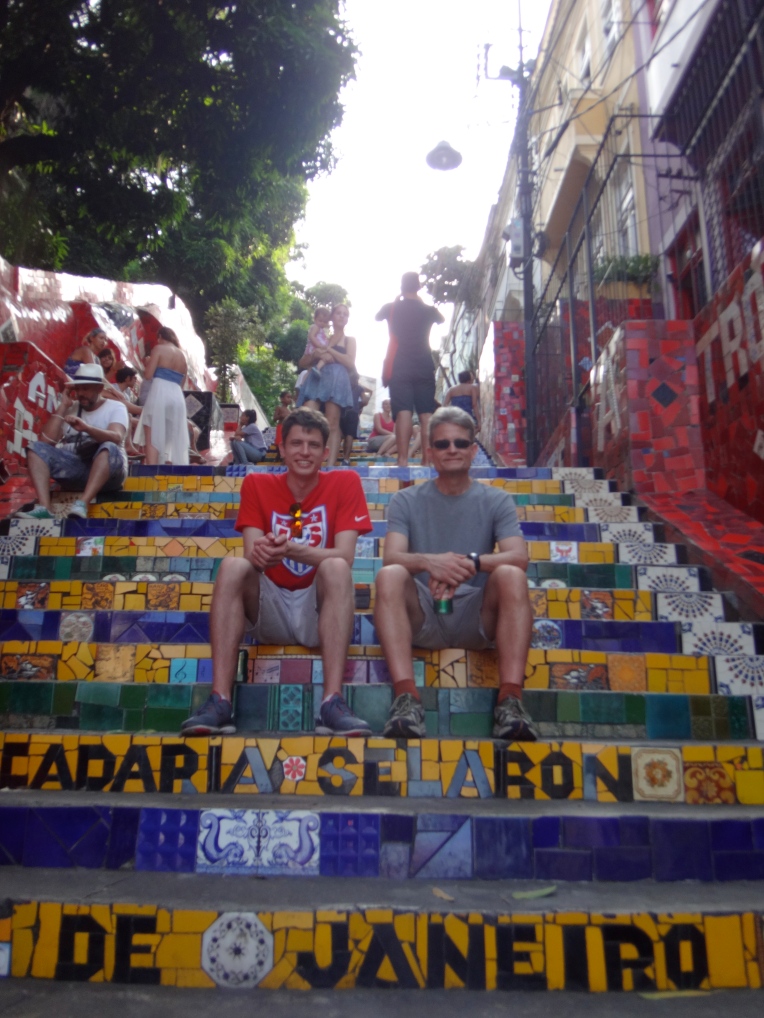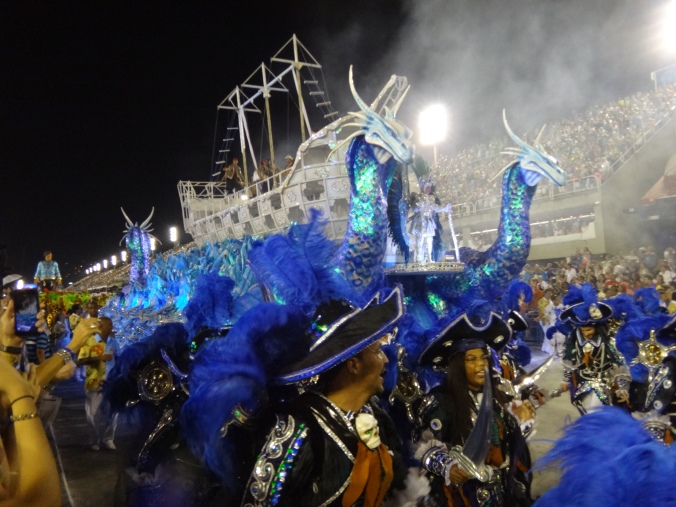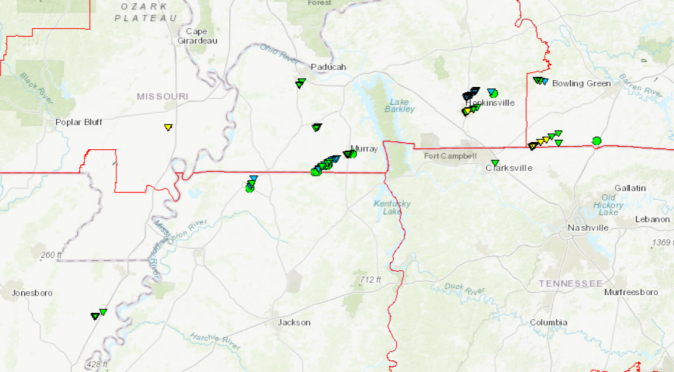One of the most unique and memorable experiences in my life occurred two years ago, when my Dad and I spent a week in Rio during Carnaval. Deeply entrenched in my final year of grad school leading up to the trip, I did very little research and therefore did not know what to expect from Brazil’s cultural capital and second largest city. What I found when I arrived was a breathtakingly beautiful, incredibly diverse, colorful and vibrant city, filled with laid-back and friendly people who were positively brimming with excitement to share their paradise with us for a week.

The aesthetic beauty of the Cidade Maravilhosa (Marvelous City) is off the charts – we started with a tour of all the highest points, each of which offered a unique vantage point of the scintillating beaches and towering skyline. The morning fog had lifted just in time for our stop at the iconic Cristo Redentor, where we could take in Christ’s protective view of the bustling central and opulent southern sectors of the city. Similarly, the gondola ride up Sugarloaf unlocked views of the schooner-filled Botafogo Bay and the famed Copacabana beach enclave. The sharp contrasts between the rugged gray cliffs of the surrounding mountains, deep blue oceans, white sand beaches, dense high-rise development, and precarious favelas are apparent through a camera lens but truly eye-popping when viewed in person from above.

Descending to street level, each neighborhood conveyed a unique character. We stayed in Ipanema, known worldwide as a center of fashion and popular culture. The beach was full of young, fit, tanned and tattooed Brazilians playing futvolei (volley soccer), bodysurfing, and drinking caipirinhas (a cocktail of lime juice, sugar, and cachaça – a distilled spirit from sugarcane juice). While no one mentioned the Manhattan level rents, the opulence of the neighborhood presented several opportunities for fine dining: we took advantage of the churrascaria (a super-buffet based on barbecued meats served dim-sum style), feijoada (Brazilian national dish of a bean-based stew with pig parts), and the historic cafe where the “Girl from Ipanema” was composed. We toured a fruit market where we tasted fresh sugarcane juice, jackfruit, passion fruit, star fruit, acerola, a spectrum of mangoes, papaya, and my personal favorite, the milky-sweet custard apple. We took a cooking class, learning how to cook traditional style whitefish – with copious amounts of alcohol in the vegetable flambe and accompanying passion fruit cocktails. The whole week was a gastronomical extravaganza, acculturating us to the rich variety of strong savory, salty, and sweet flavors in Brazilian cuisine.

Nearby Copacabana was built upon a secluded beach driven by foreign tourism, starting with a luxurious 100-year-old resort and culminating in the Olympic venues for beach volleyball, which were just breaking ground (the 2016 games were a polemic issue when we were there, as Brazil was battling a recession and a national corruption scandal – many locals doubted the venues could be completed in just 6 months. Somehow they were.) We also went to Leblon, where Portuguese aristocrats had established a number of cool landmarks, including the historic Jockey Club, botanical garden (a UNESCO world heritage site with 150-foot palms, jungle foliage, and thousands of cacti and orchids), and art institute retreating into the lush thicket of Parque Lage. Traveling back further in time, I was impressed by the Colonial stone architecture of the Santa Teresa and Gloria neighborhoods, where at least the lowest story of the old stone buildings was polished clean of graffiti, giving off a well-worn, familiar vibe. Nearby Lapa featured a foreign-inspired ‘hipster’ culture fused with Brazilian artistry, including the famous tiled Escadaria Selaron, a staircase with tiles sent in from all over the world. I particularly loved these century-old parks and neighborhoods for their lightly-preserved pastoral beauty and unexpected peacefulness within the bustling city.

Beginning on Friday evening, all the people from all the neighborhoods in Rio came out into the streets to celebrate Carnaval, a 5-day celebration before Lent. Each neighborhood had a street party/parade, with a band playing samba music for tens of thousands of people to march/dance/stagger along to. Dad and I followed along with several of these parades, accruing free beer hats, band merch, cheap Antarctica beer, and photos with costumed partiers. For the grand finale, we attended the world-famous samba competition in the Sambodromo, in which 12 local dance schools put on indescribably spectacular samba performances including elaborate costumes and building-sized, intricately designed floats. The performances lasted the entire night, but each samba school brought something new to the table, one-upping each other in costume artistry, choreography, and float enormity. Like, after I thought I had seen it all with a 5-story trojan horse, in wheeled a 100 foot orca, then gigantic versions of all the Greek gods, and countless others. It was all impressive, but I was particularly enthralled with the floats. Dad took about 5000 pictures; I just left with my heartrate tuned to the boom, boom, boom of the samba. Even writing about this conjures up a rhythmic excitement that makes me want to celebrate all over again, which is pretty powerful.

It was a fantastic week, and I highly recommend traveling to Rio if you love culture and don’t mind a good party. Sure, the city has well-publicized problems with gang violence and (implicitly racial) socioeconomic inequality. But the local government ramped up policing in recent years to prepare for the World Cup and Olympics, and I felt extremely safe among the heightened security during Carnaval. We toured a favela, a technically-illegal neighborhood of stacked cinderblock housing – the tour itself was unsettling, like a safari for affluent tourists to gawk at poverty, but it was both interesting and relieving to see how the favela’s occupants banded together to provide for the basic needs of the community. The house we went inside had all the necessities of the 21st century, jerry-rigged electrical and satellite TV, window-box air conditioning, privately delivered water, and modern interior trimming – a level of comfort that many residents still do not have access to. Either way, affluent and poor Cariocas mingle daily on the beach, and certainly during Carnaval there is a prevailing attitude that life in Rio is worth celebrating. That happiness was infectious, and it hasn’t left me since I brought it back two years ago. For many reasons, lingering excitement from Rio notwithstanding, I am excited to travel to Peru in a couple of weeks!




